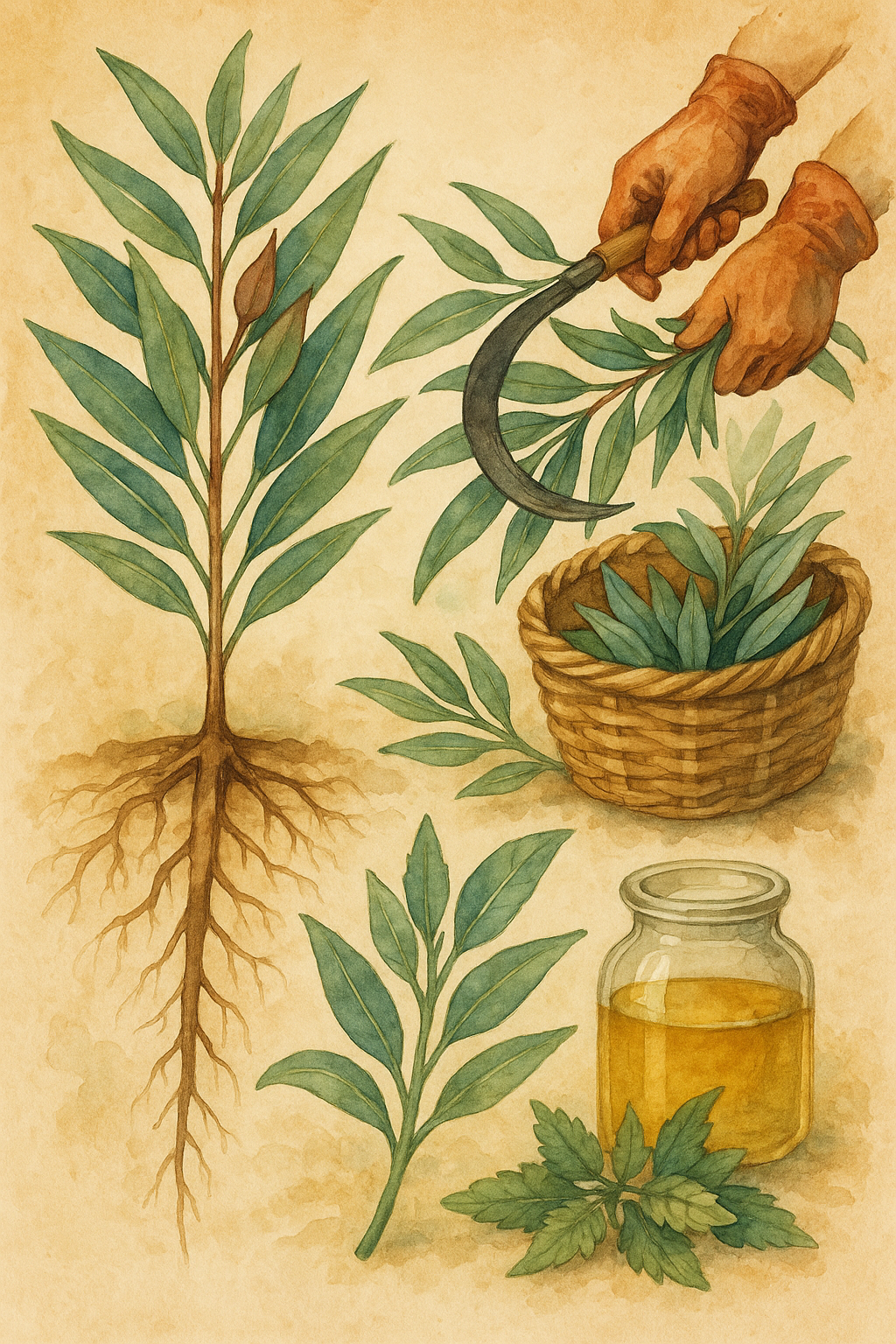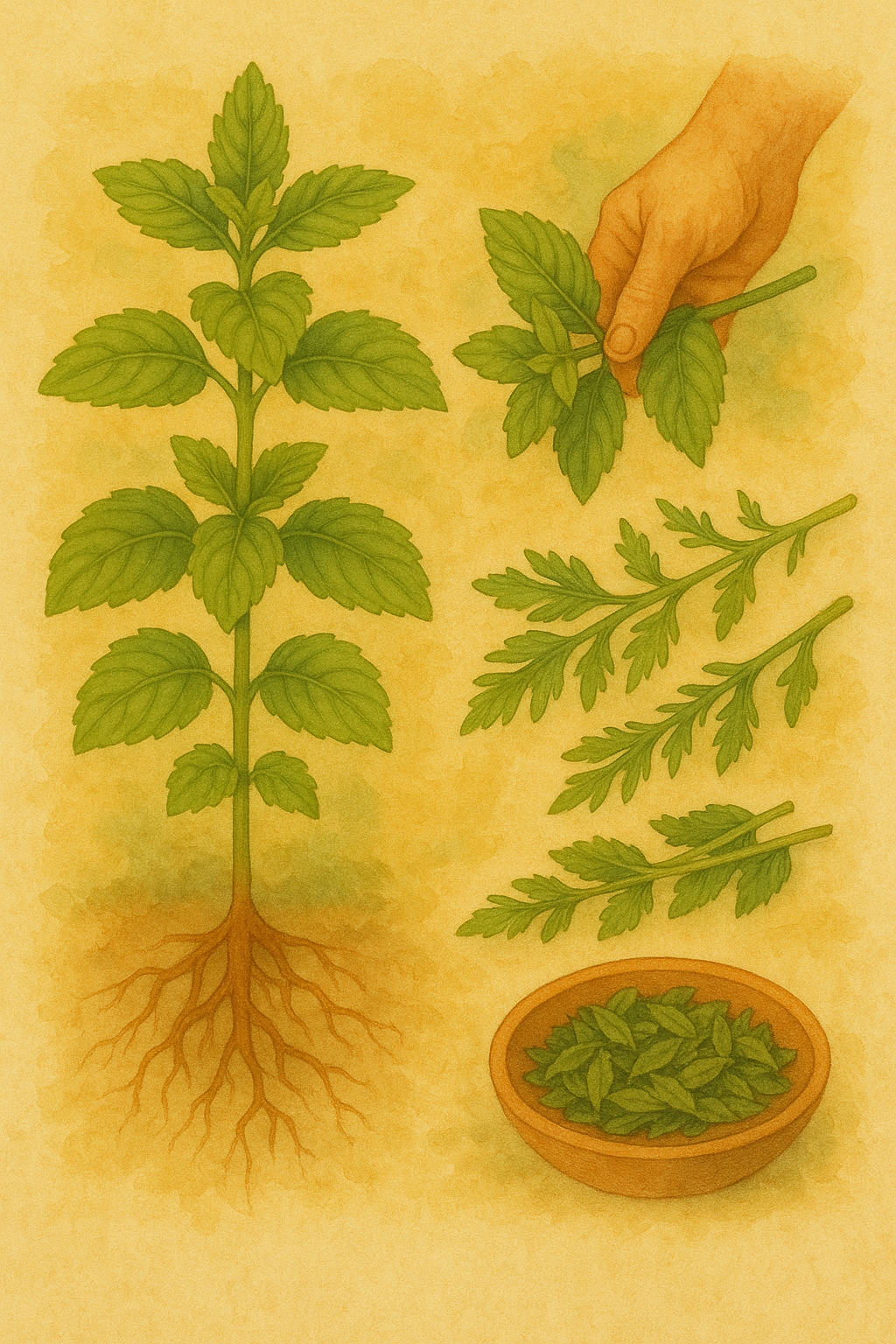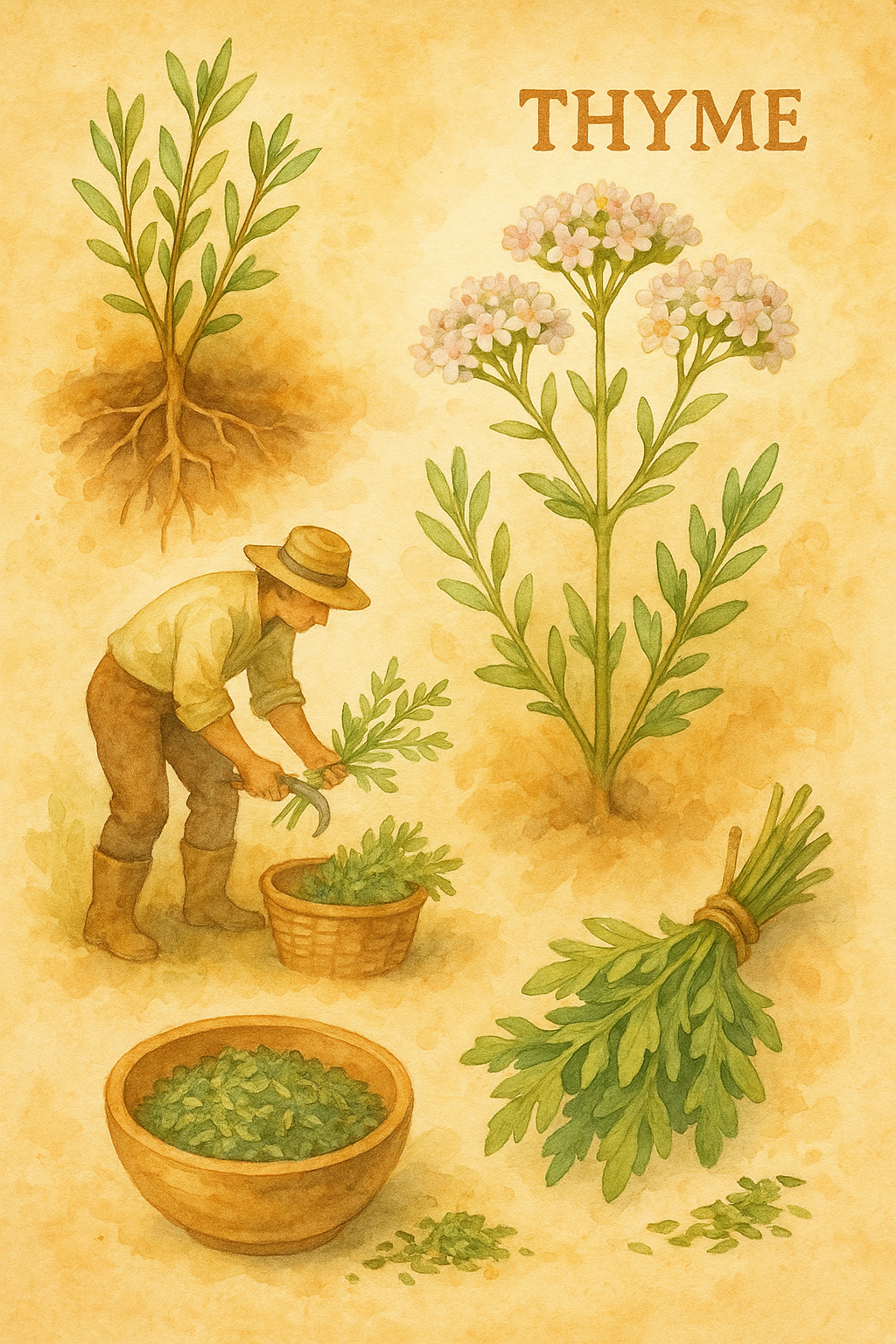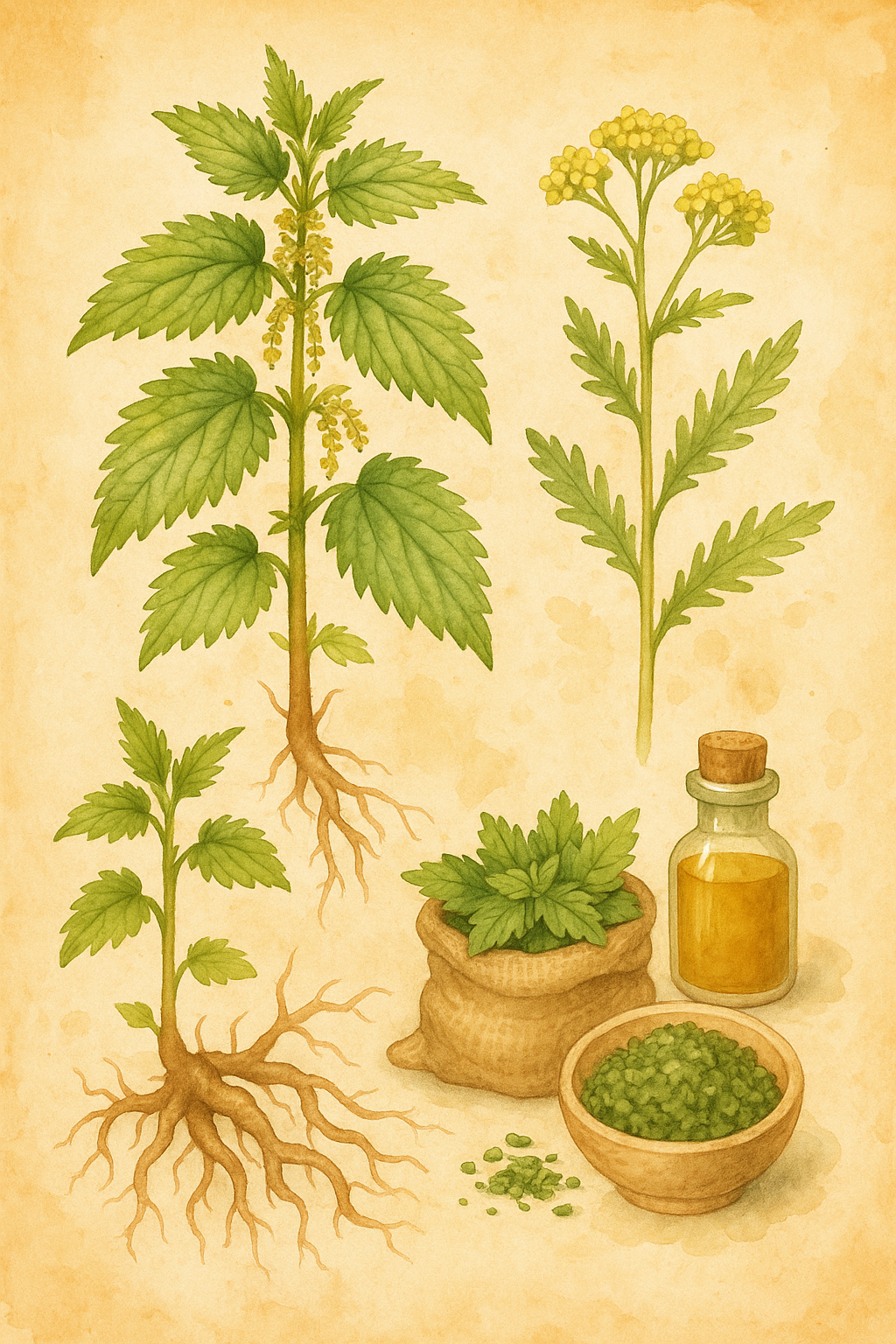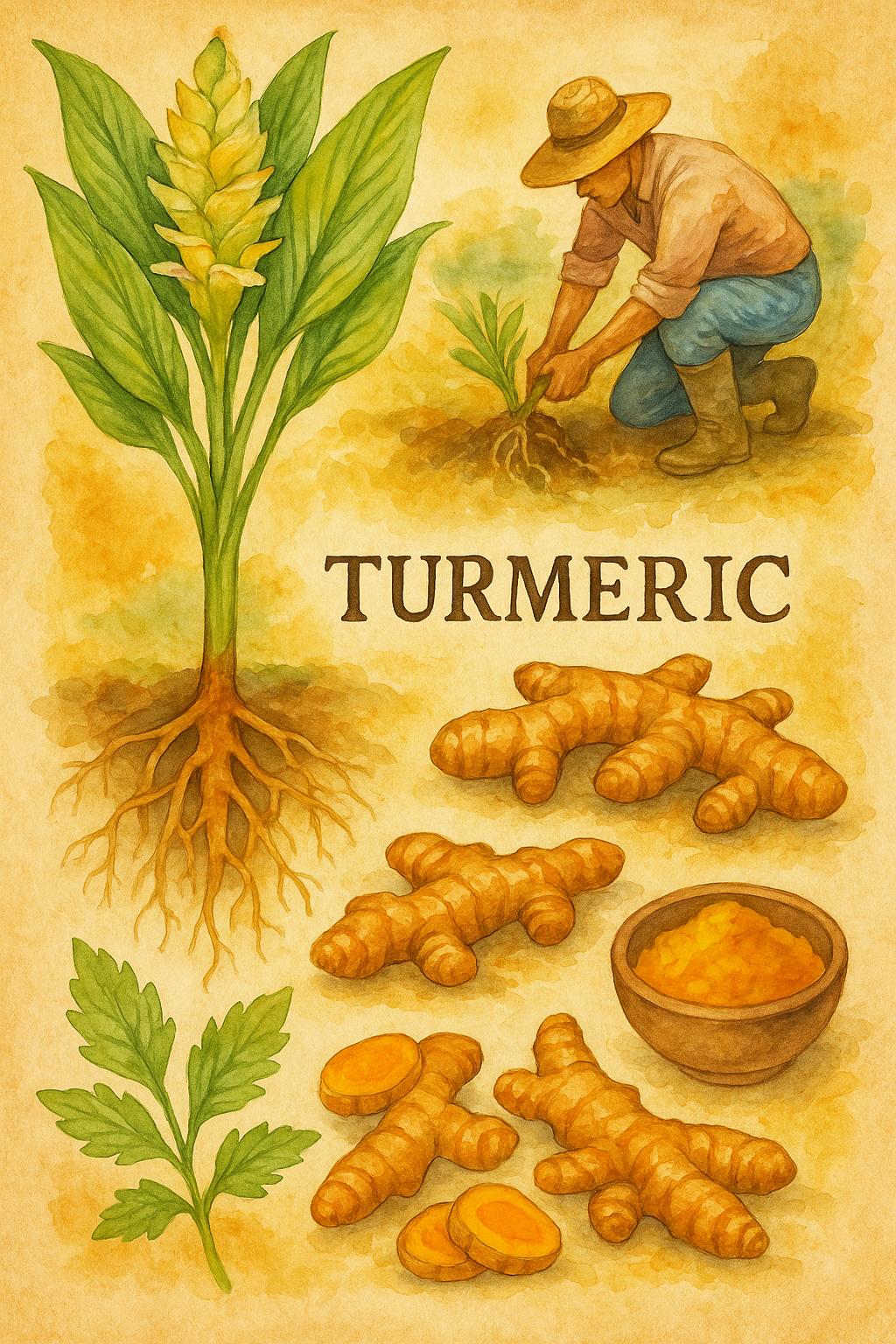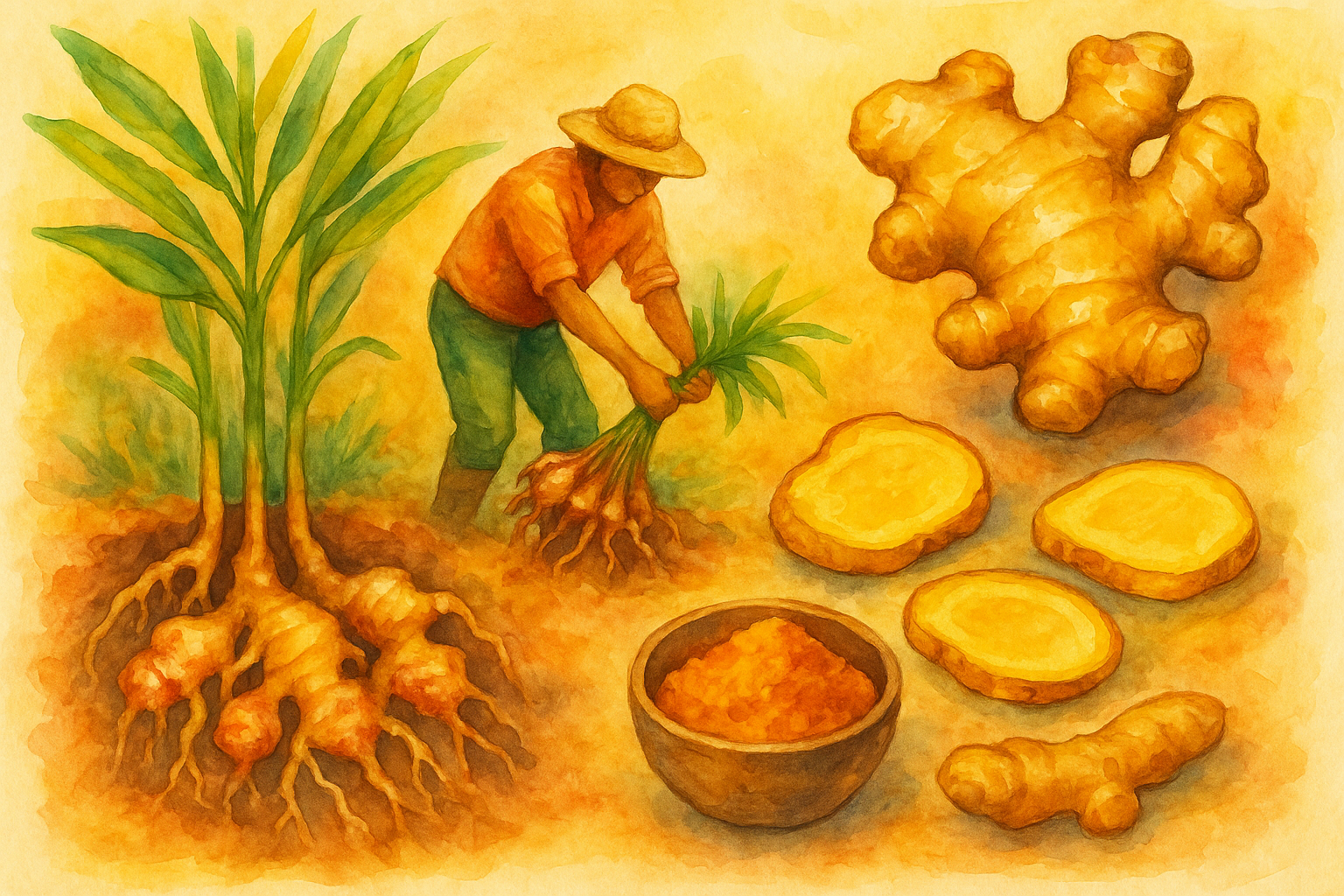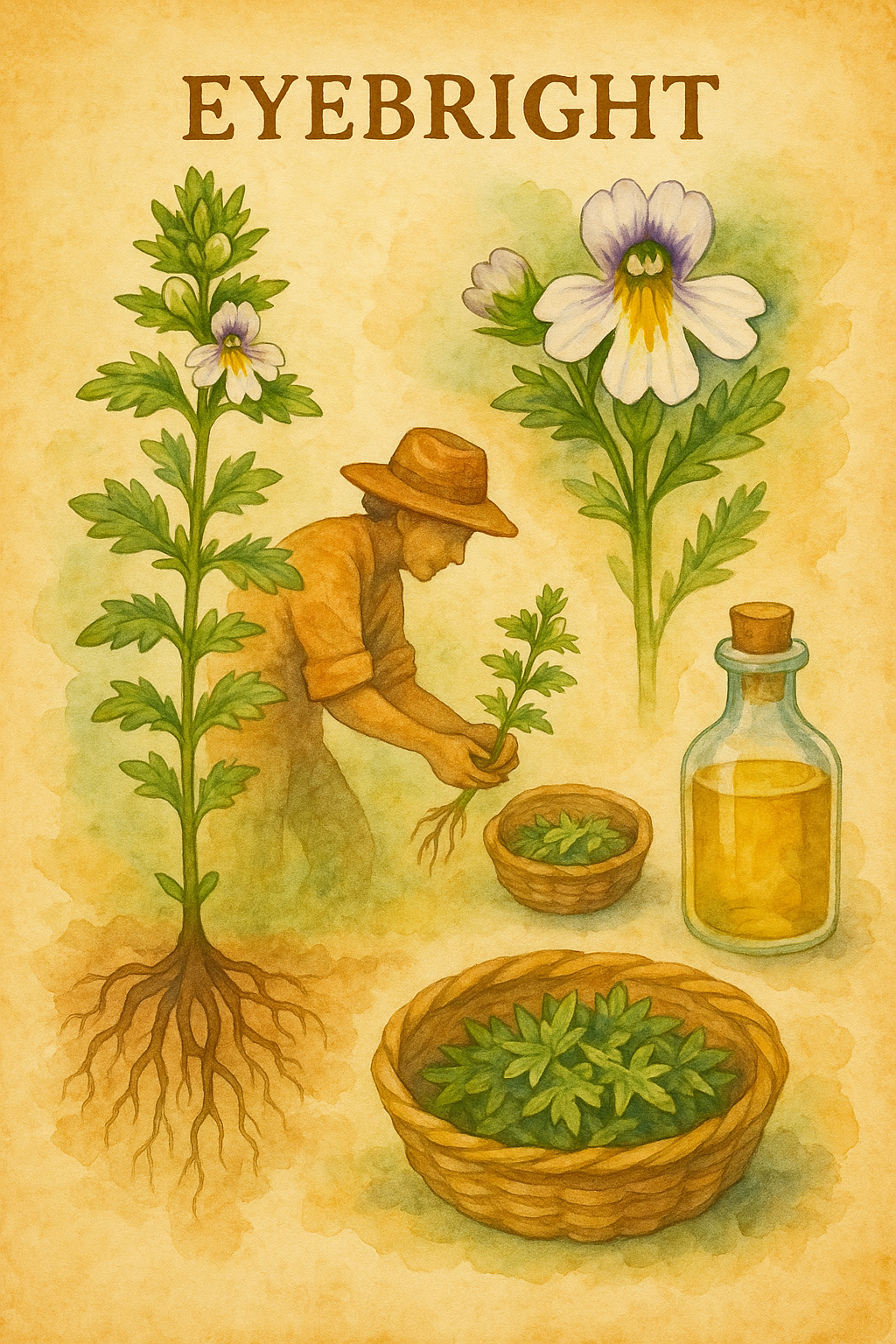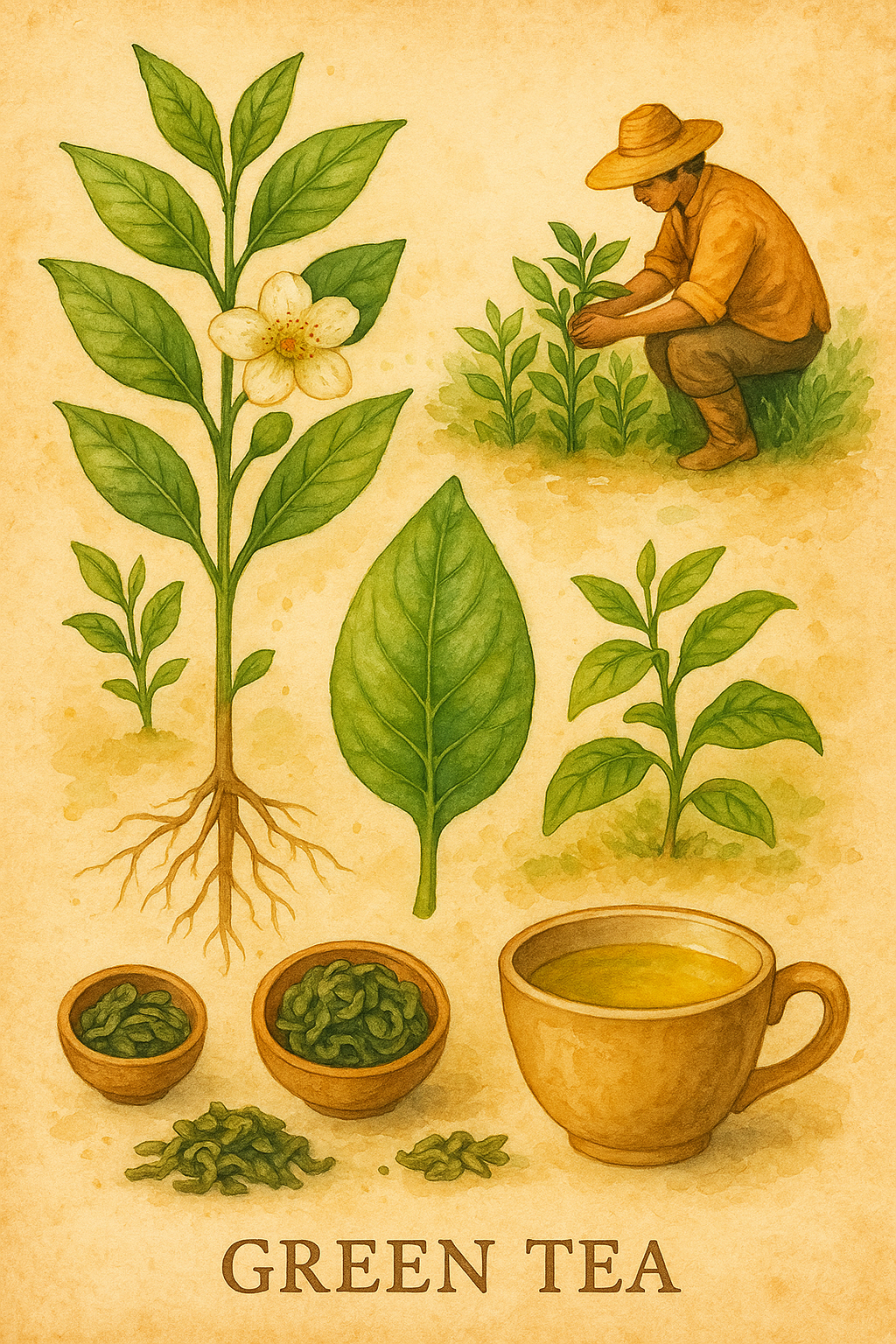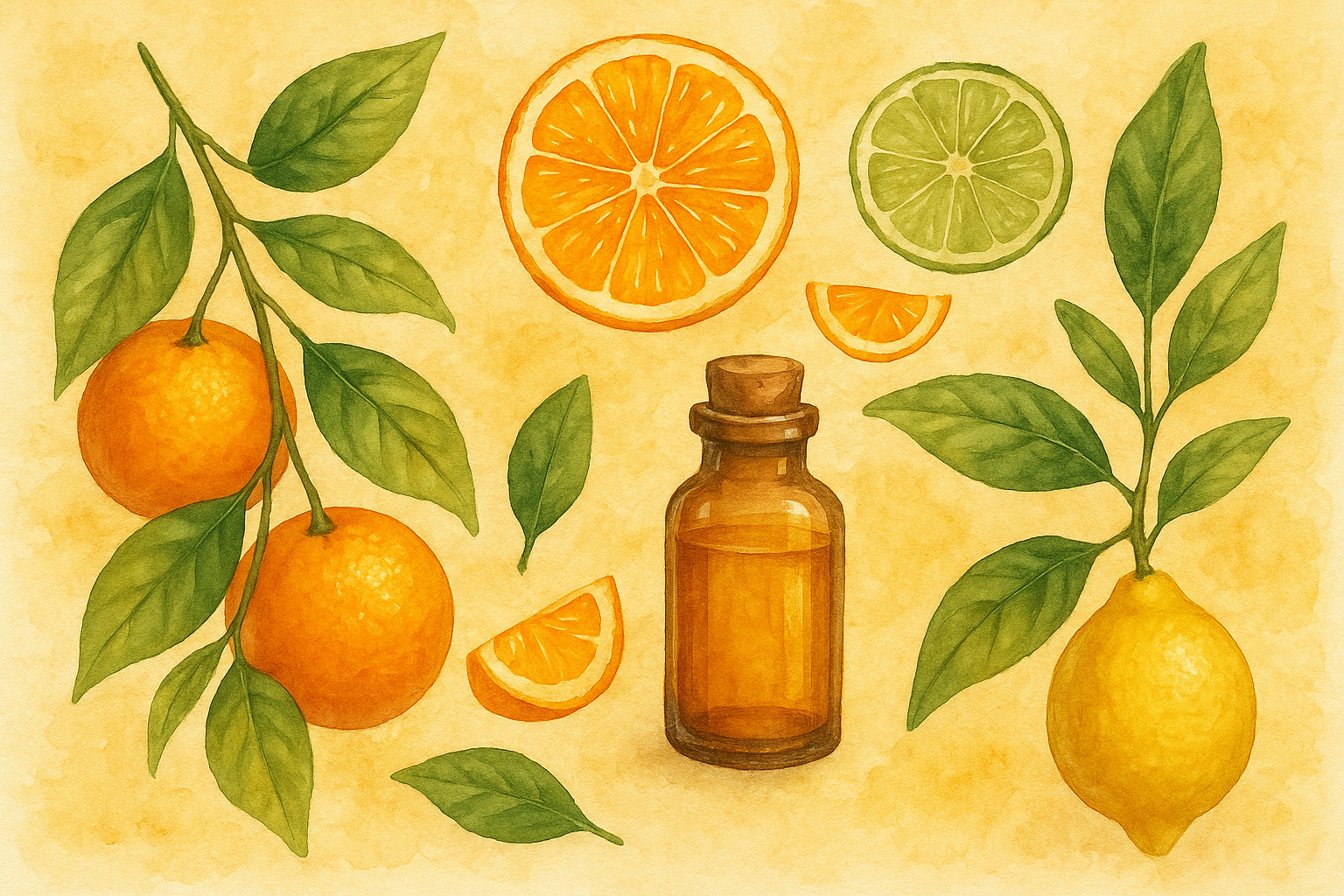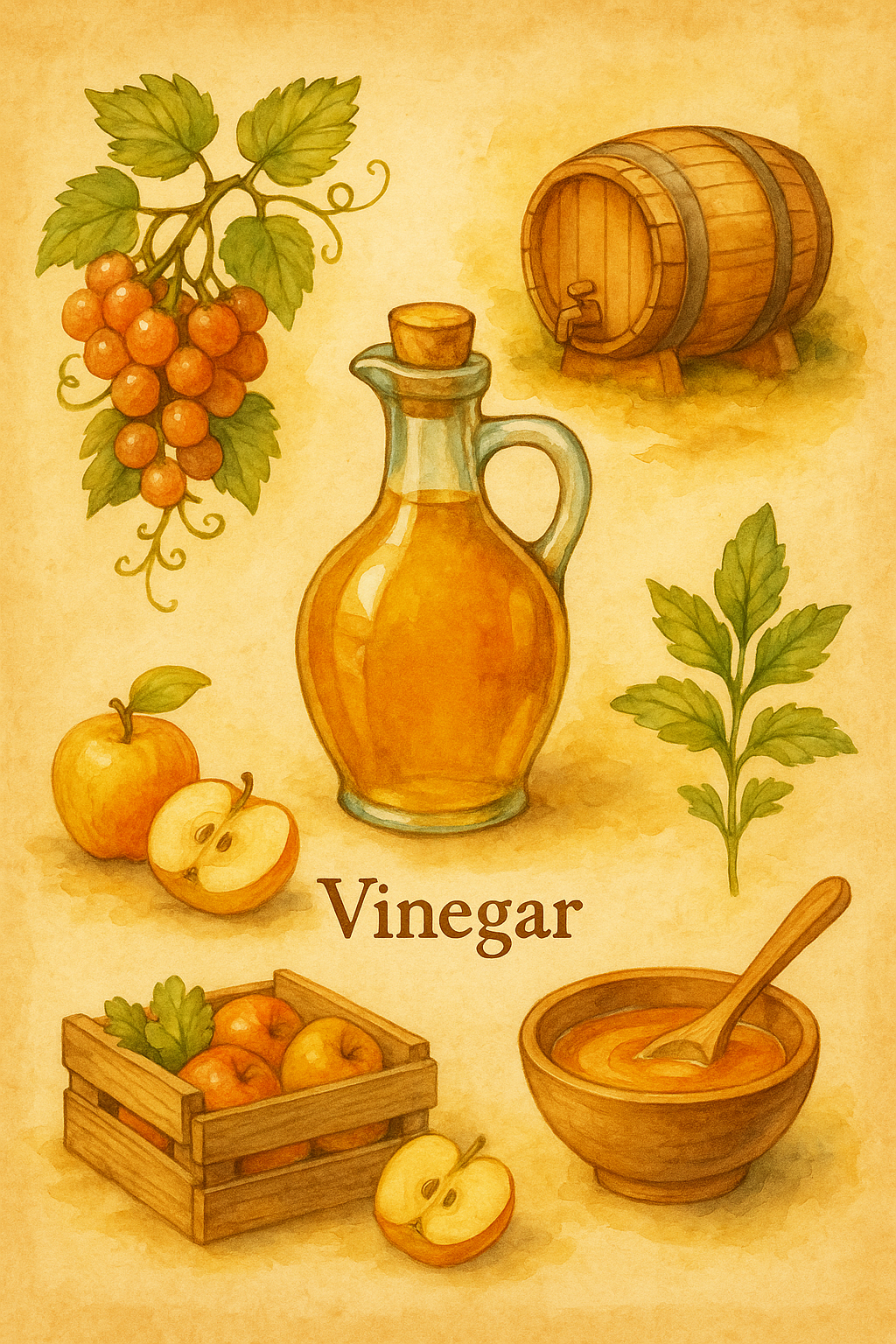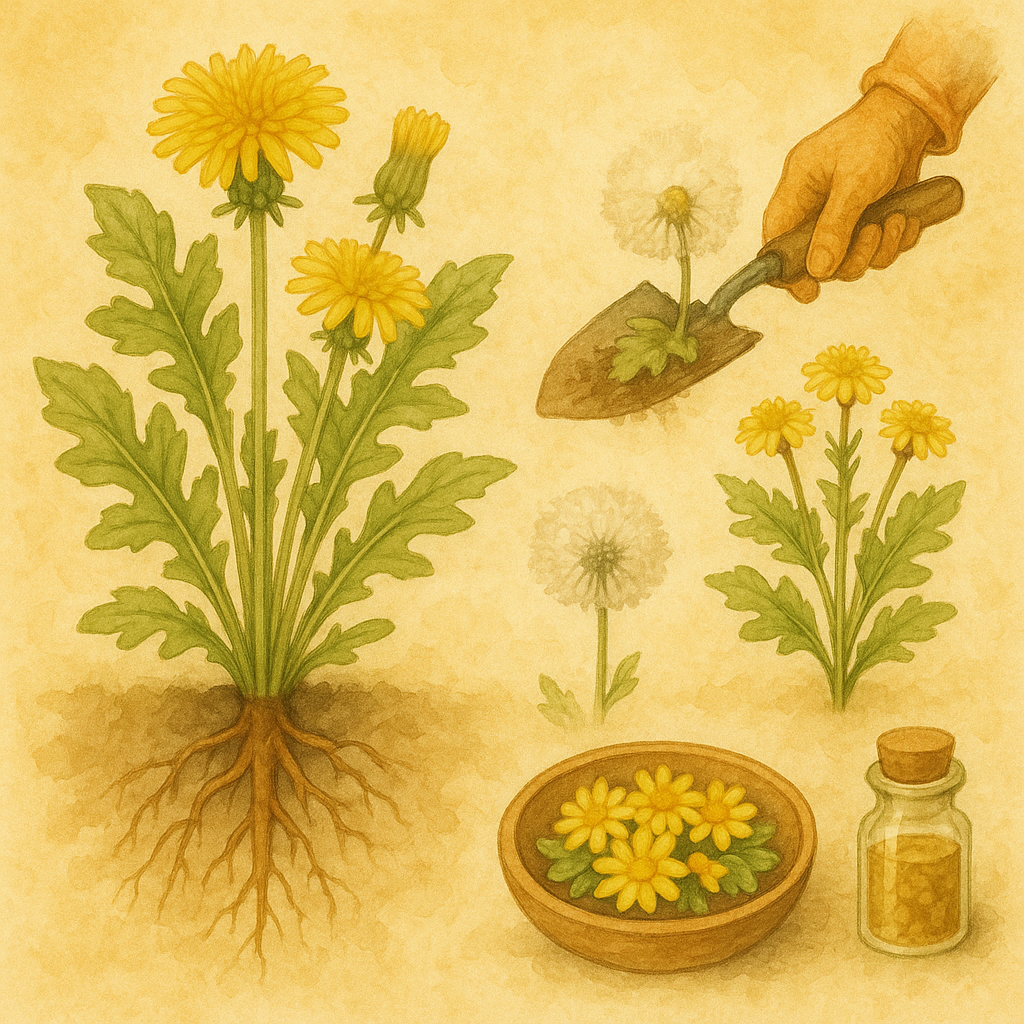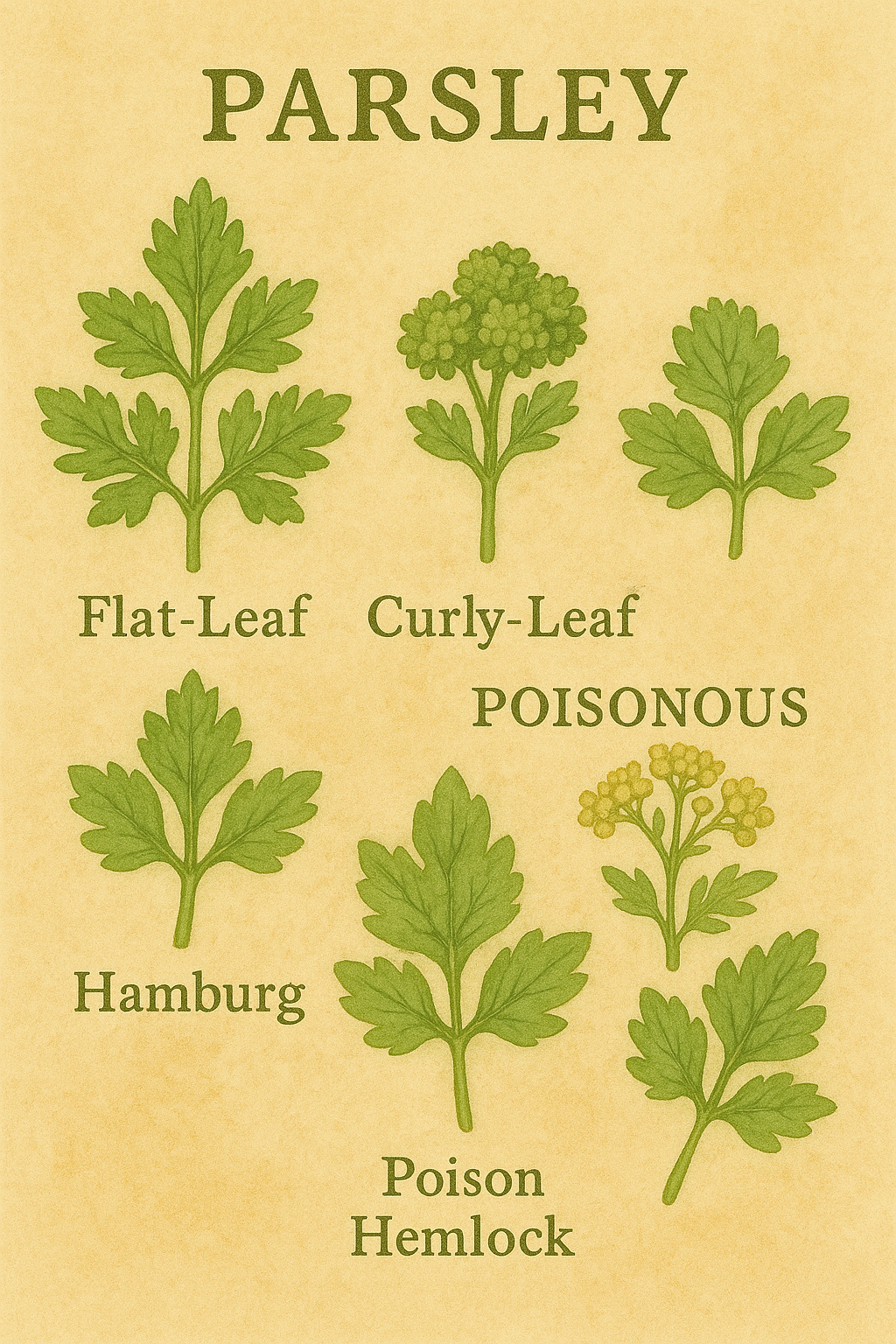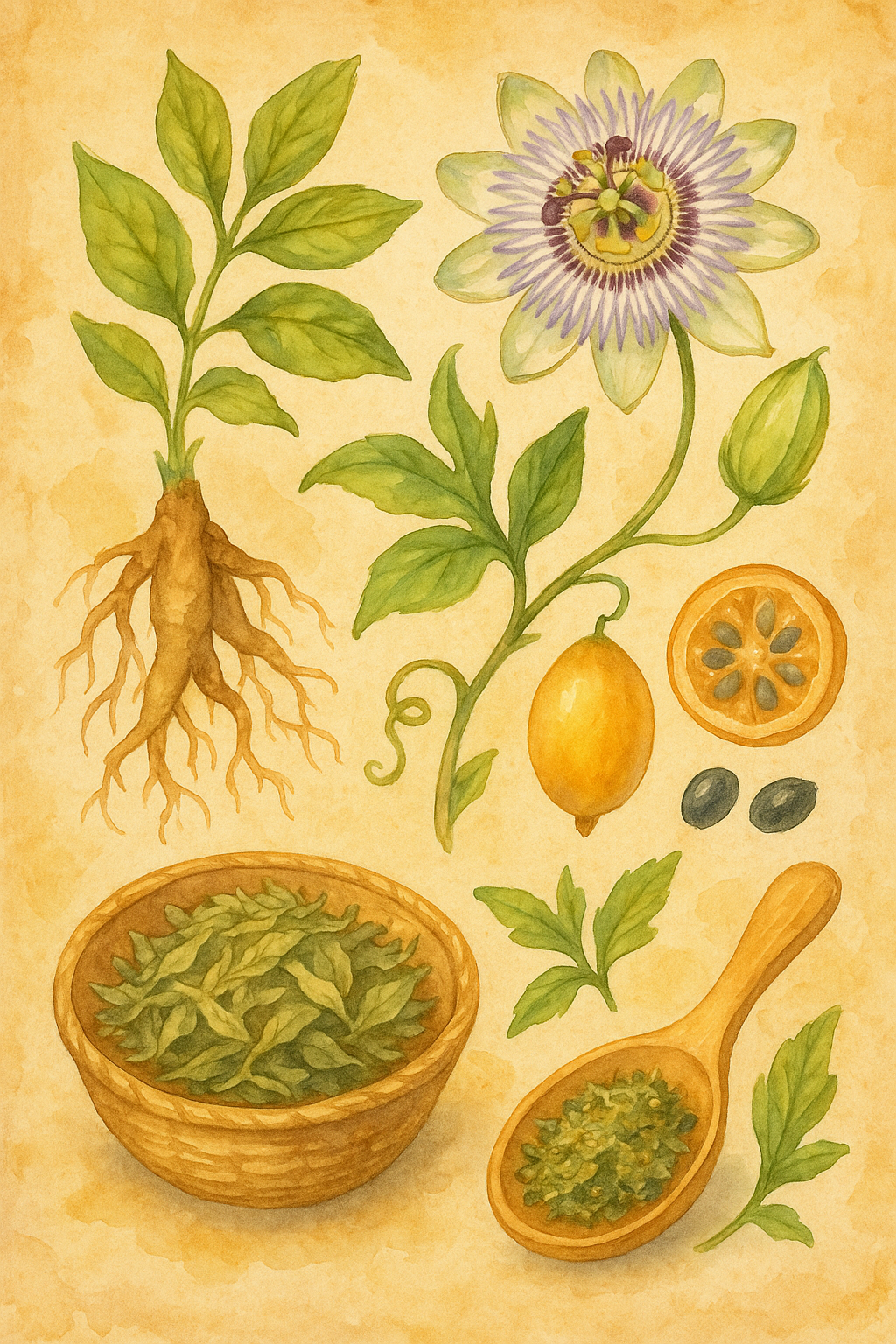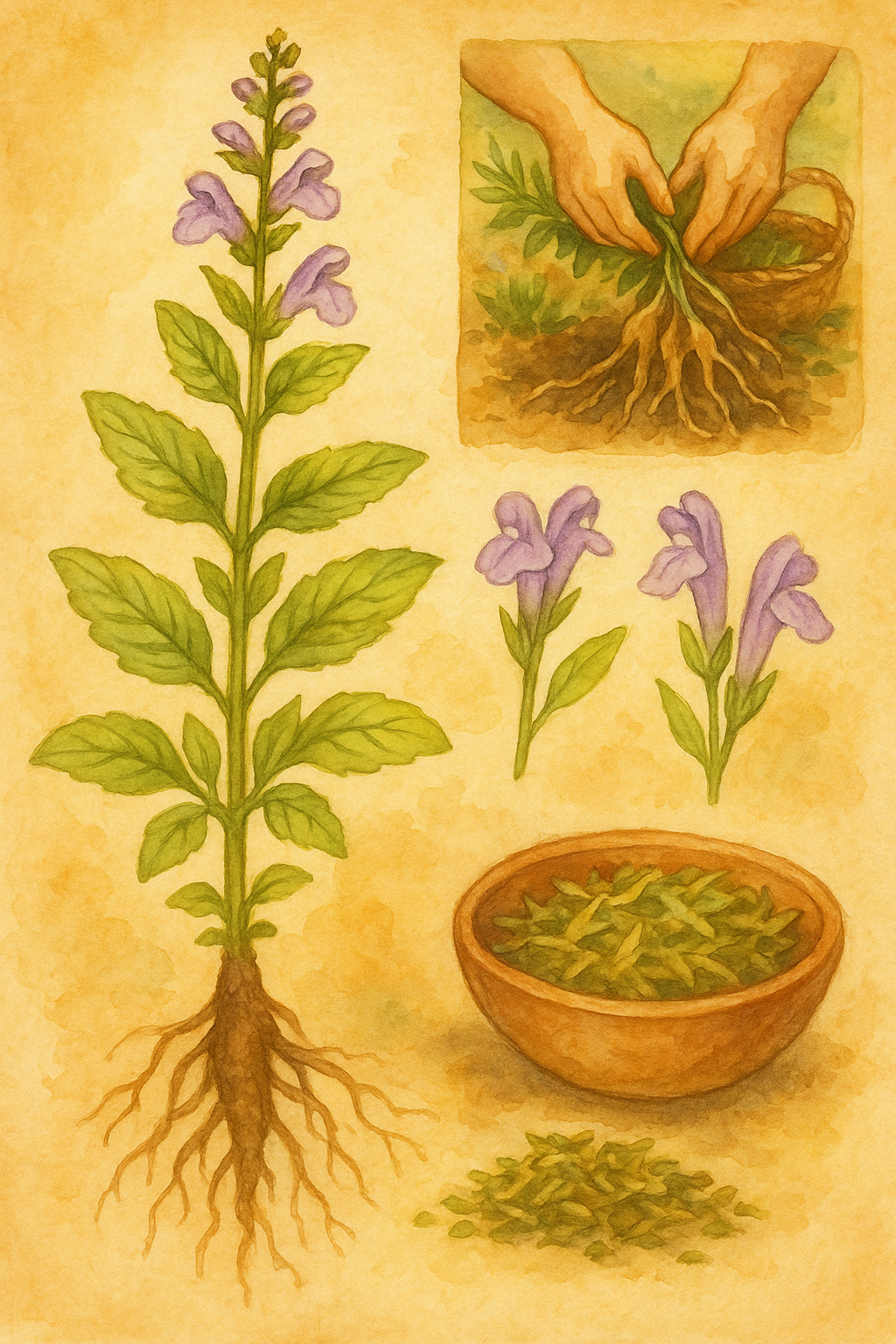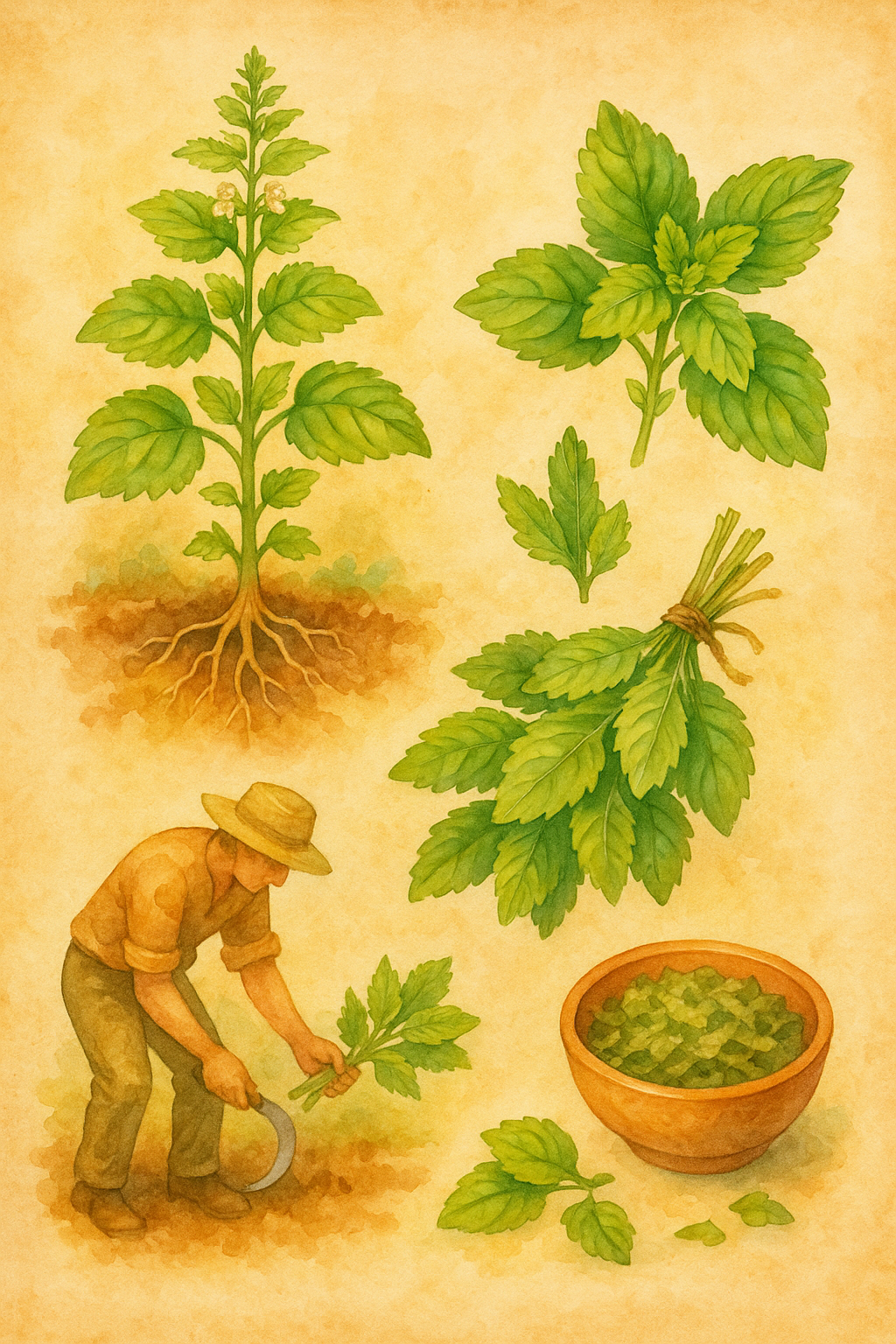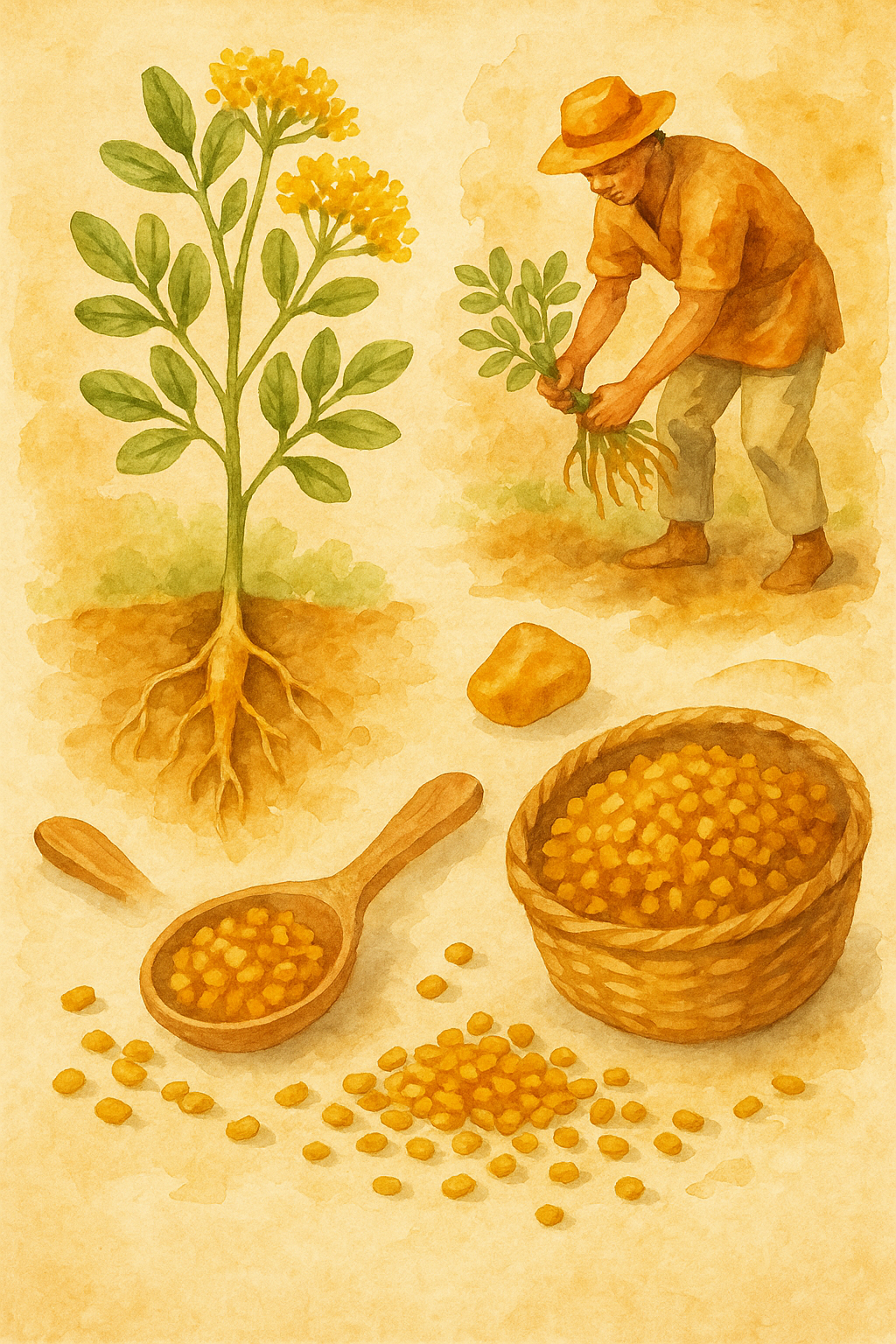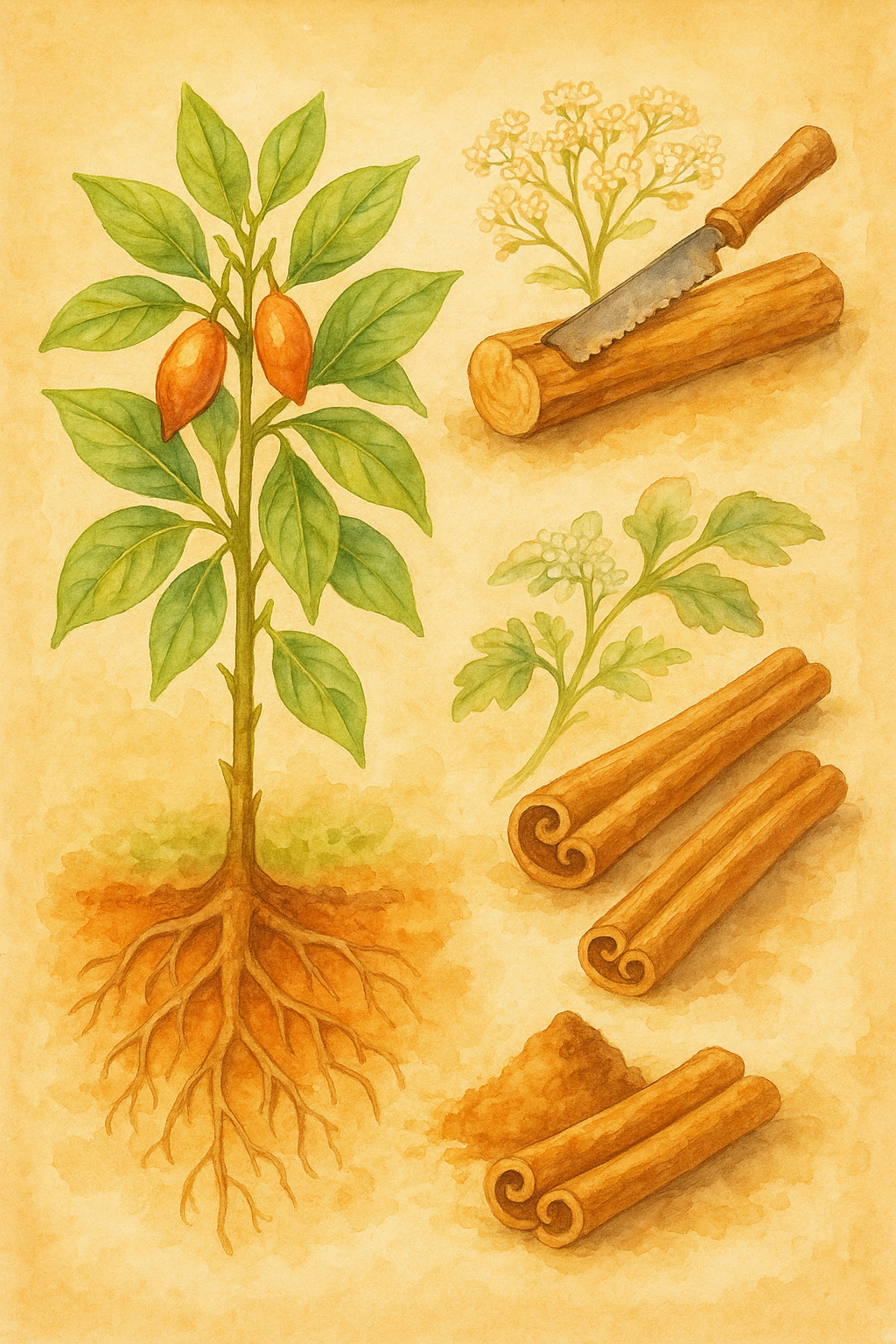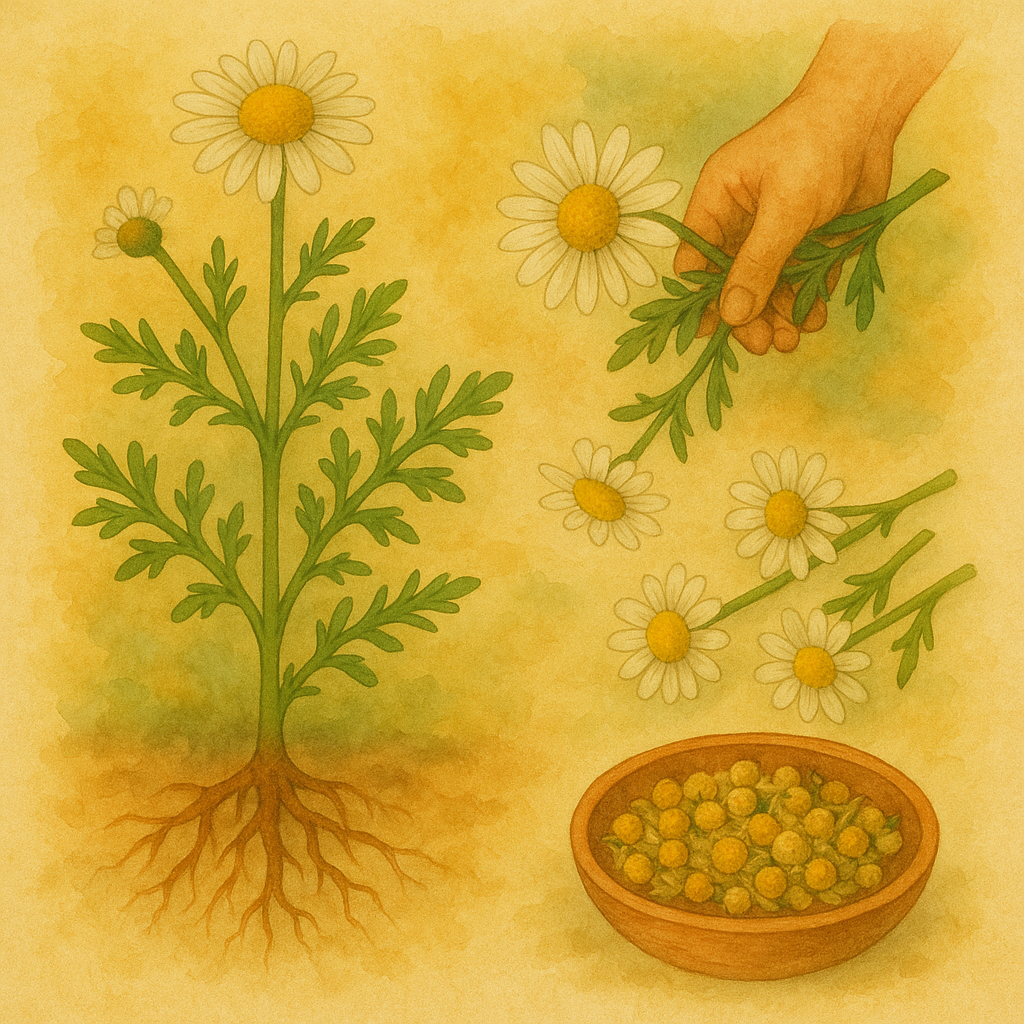Natural Remedy: Reduce Urination
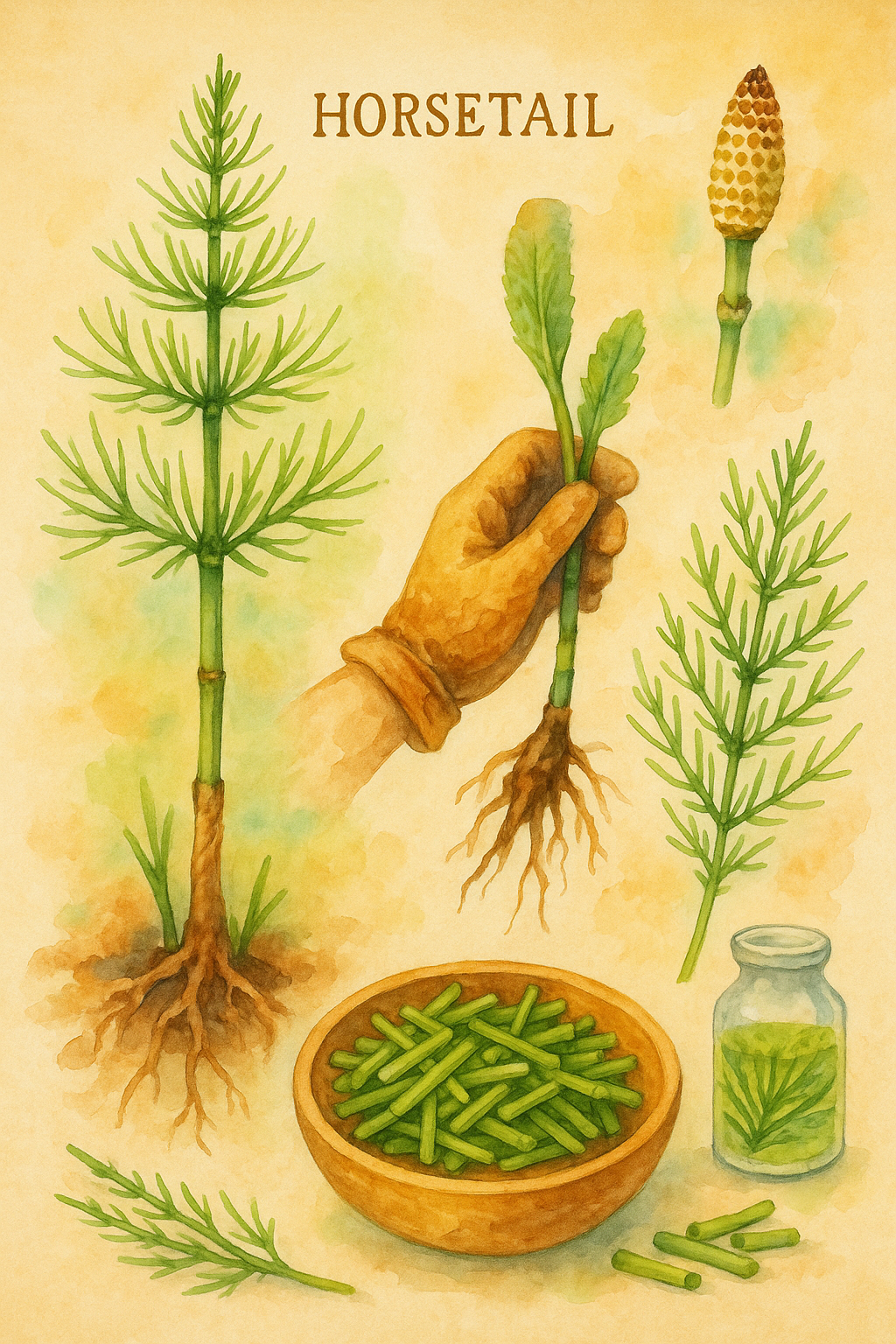

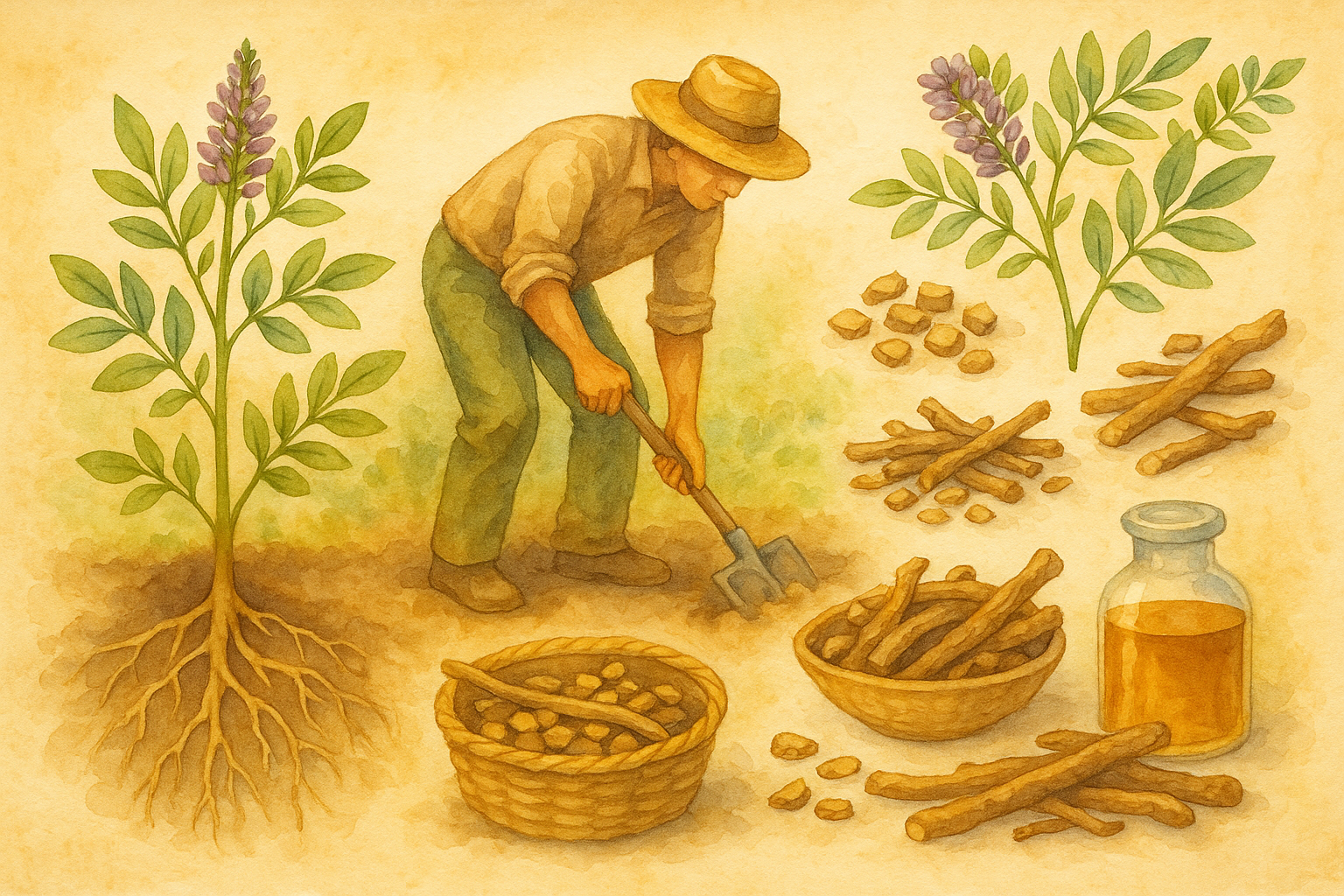
Ingredients:
- 1 tsp dried horsetail
- 1/2 tsp fennel seed
- 1/2 tsp dried licorice root
- 1 cup boiling water
Preparation:
Combine all herbs in a cup. Pour boiling water over the mixture and steep for 10–15 minutes. Strain before drinking. Sip slowly in the evening or as needed throughout the day.
Usage:
Drink up to 2 cups daily. This blend may help tighten bladder tissues and calm overactive urination reflexes. Avoid excessive use as some ingredients can affect blood pressure or hormones.
Nutritional Value (Per Cup):
| Component | Amount |
|---|---|
| Calories | ~8 kcal |
| Silica (from horsetail) | Trace to moderate |
| Phytoestrogens | Present (from licorice) |
| Antioxidants | Moderate |
Toxicity Profile:
Licorice root can elevate blood pressure in high doses. Horsetail should not be used long-term due to its thiaminase content. Fennel is generally safe but avoid if allergic to carrots or celery.
When to Use:
- When experiencing frequent urination not linked to infection
- To manage nighttime urination or stress incontinence
- During travel or situations where bathroom access is limited
- After ruling out underlying conditions with a healthcare provider
Dosage Based on Weight:
| Body Weight | Recommended Horsetail Amount |
|---|---|
| Below 100 lbs (45 kg) | 1/2 tsp dried herb |
| 100–150 lbs (45–68 kg) | 1 tsp dried herb |
| 150–200 lbs (68–90 kg) | 1.5 tsp dried herb |
| Over 200 lbs (90+ kg) | 2 tsp dried herb |
Note: Always consult a medical professional before using herbal remedies for urinary issues to rule out infections or other medical conditions.

